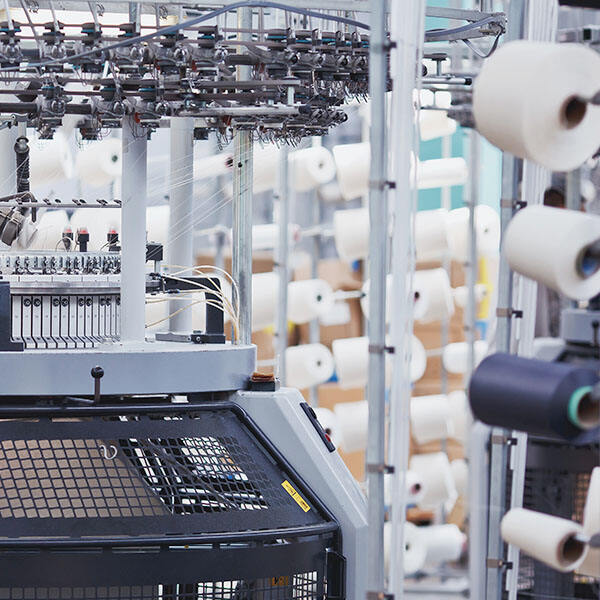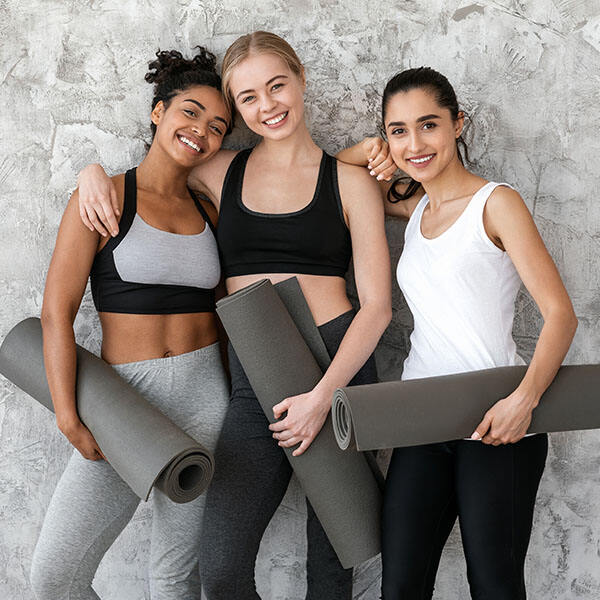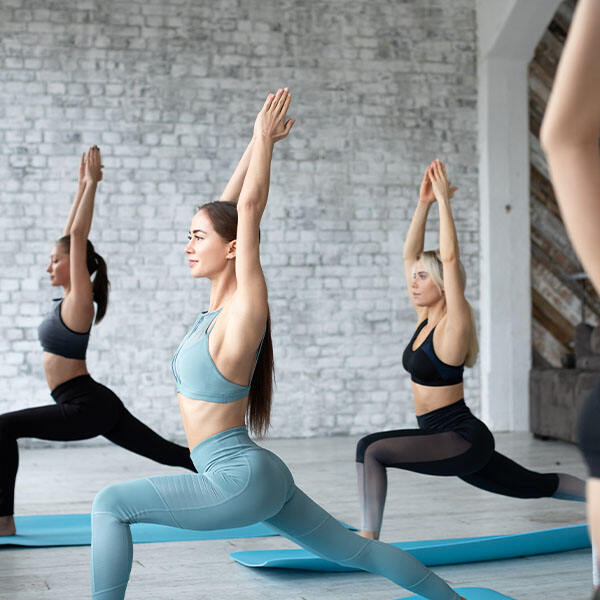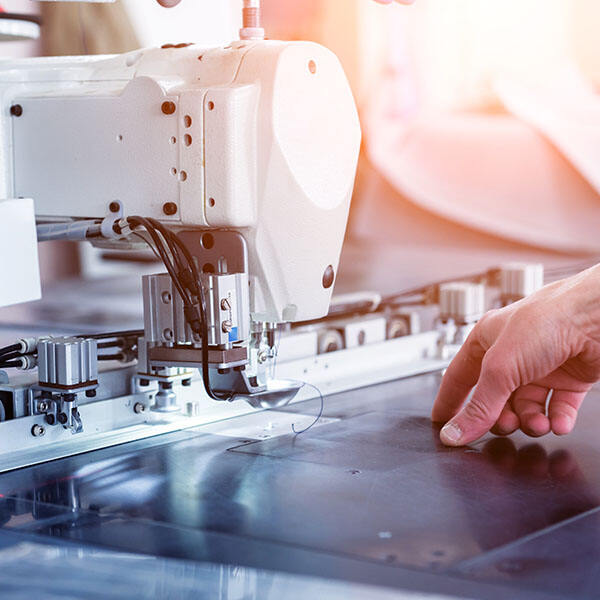מכונות טווח אלקטרוניות: מכונות אלו משתמשות בתוכנת מחשב כדי ליצור אוטומטית דוגמאות טווח מורכבות כגון Fair Isle, תוק, סליפ ולס. מיטות והריאות שלהן מצוידות במיטות טווח מתקדמות לאפשרויות עיצוב מדויקות ודינמיות, תוך שימוש בשילוב צבעים, שליטה במתח והטמעה בתוכנות עיצוב. טווח המודלים משתרע ממכונות ביתיות כמו ה-Brother 910 ועד מודלים תעשייתיים מצוידים במאות ריאות. מכונות טווח דיגיטליות: מכונות אלו משלבות חומרה ותוכנה מתקדמת לייצור בגדים תלת-ממדיים חלקים או כמעט ללא seems—לדוגמה, באמצעות יכולות העיצוב המבוססות באלגוריתם של Kniterate או שימוש בסריגים גמישים—ובלי seems. הן מאפשרות שילוב של דוגמאות מורכבות, kếtורות ואזורים פונקציונליים ישירות לתוך הבד, לייצור לפי דרישה ולייצור מותאם אישית, לדוגמה עם Kniterate. Kniterate מדגישה גם את יכולות העיצוב המבוססות באלגוריתם שלה ואת השימוש בסריגים גמישים כיתרונות ייחודיים. מכונות טווח מעגליות: מכונות אלו מייצרות בדים גליליים באמצעות מבנים של Jersey בודד, Rib, Interlock ומבנים מקומpressed. חדשנות אחרונות מרכזות על מערכות הזנה מרובות, שליטה בריאות ות variety במבנה הבד, לצורך ייצור מהיר של טווח רחב של בדים גליליים. מכונות טווח שטוחות: במכונות אלו הריאות מסודרות על מוטות אופקיים, וטווה בד שטוח או צורות תלת-ממדיות בדיוק של שלטת קאם, כדי לאפשר גבעות Rib או אופני טווח מורכבים בשלטת קאם. קיימות במבנים בעלי מוט ריאות יחיד או כפול. במכונות טווח Warp צוינו הישגים משמעותיים בשנים האחרונות עם חדשנות טכנולוגיות, לדוגמה הזנה אוטומטית של סריג ושליטה ממוחשבת בדוגמאות, אשר שיפרו את היעילות ואת מורכבות הדוגמאות.






 חדשות חמות
חדשות חמות